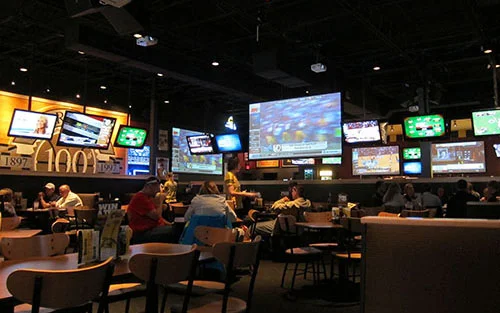
Positioning surveillance cameras effectively effectively is crucial for improving surveillance in various environments, including residences, businesses, as well as public spaces. The main goal of surveillance systems is to discourage crime while also provide proof during case of events. To attain this, it is important to consider various factors, such as surveillance camera placement, field of view, as well as the particular zones that require oversight. By understanding these elements, people and entities can create a thorough surveillance strategy that maximizes the efficacy of their security solutions.
One of the first actions in positioning surveillance cameras is to identify critical locations that need monitoring. High-risk zones, including entrances, exit points, parking areas, as well as areas with high-value items, should be prioritized. It is crucial to consider areas not visible, which may be areas that might not be visible from specific angles. By charting out these critical areas, surveillance personnel can guarantee that every nook is monitored, reducing the likelihood of criminal activity going undetected. Additionally, placing surveillance systems at key locations can assist create a complete perspective of the premises, enabling for better total security coverage.
The viewing angle of a security system is another important factor to take into account. Different types of cameras offer varying ranges of vision, which can affect how many space is captured in the footage. For example, wide-angle systems can cover bigger spaces, rendering them perfect for open locations, whereas PTZ systems can be adjusted to concentrate on specific features. When placing surveillance systems, it becomes essential to select the right kind based on the area being observed. This ensures that the system can capture sharp footage and provide important data in the event of an occurrence.
Elevation and tilt of mounting also have a crucial part in the efficacy of security systems. Surveillance systems must be installed at a height that is out of reach of potential tampering but also enables for unobstructed visibility of faces and other recognizable features. A typical recommendation is mount systems at least 8 to ten feet off the ground. Additionally, the angle at which the camera remains set can affect its ability to capture crucial details. Cameras click must be tilted to minimize glare and avoid blockages, guaranteeing that they can record clear footage at all moments.
Finally, routine maintenance and updates to the security camera are essential for sustained efficacy. This includes checking system performance, cleaning lenses, as well as ensuring that firmware remains up to date. Regular assessments of the monitoring plan can help identify any new areas not visible or locations that may require extra monitoring. By staying proactive and implementing required changes, people and entities can enhance their monitoring effectiveness and ensure that their surveillance solutions continue to serve their designated purpose.